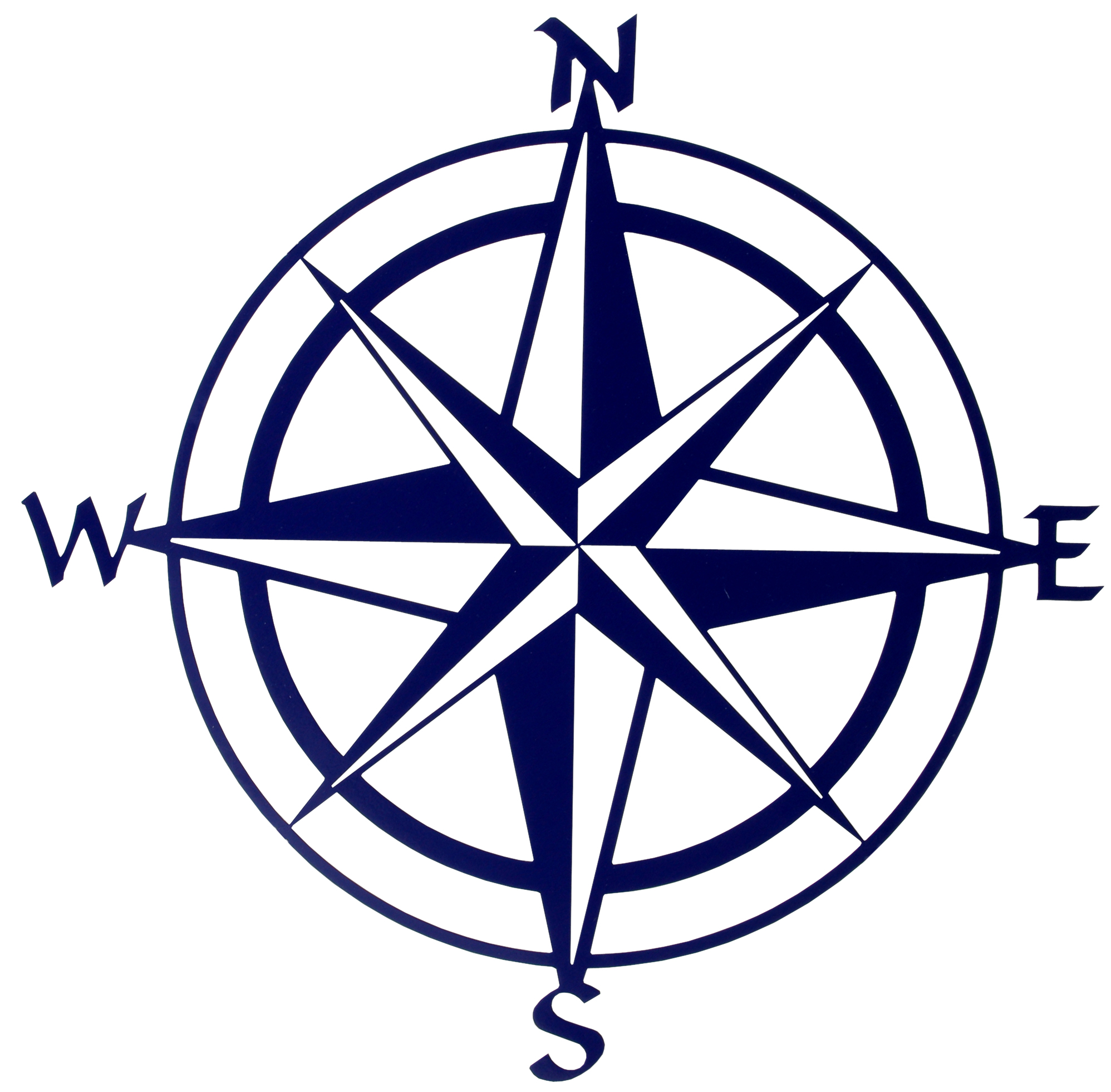Safe Harbor 401(k) Plans for Small Businesses
E>mployee retirement plans can be a valuable tool to help employees of a company save for retirement. A “safe harbor” 401(k) plan is one such plan. This type of 401(k) plan allows all eligible participants, including owner-employees, to contribute significant amounts of their salary for retirement savings.
The Internal Revenue Code and its related regulations allow for a Safe Harbor 401(k) plan to not be discriminatory, even if the owner is the only employee who contributes.
A Safe Harbor 401(k) plan can allow eligible employees to contribute part of their salary either pre-tax or after-tax (as a Designated Roth Contribution) to the plan. The employer is required to make either a matching or non-elective contribution for all eligible employees to satisfy the “safe harbor” requirements.
The first requirement for a Safe Harbor 401(k) plan is that all eligible employees be allowed to participate. An eligible employee is one who is over the age of 21, has at least one year of service, and has worked at least 1,000 hours in the year beginning with the date of hire. An employer can make the plan more inclusive, for example, by covering younger employees or allowing employees with less than one year of service to participate.
Once the Safe Harbor 401(k) plan is set up, there are four basic rules that must be followed in order to meet the Safe Harbor 401(k) requirements:
Required employer contribution: An employer is required to make a contribution to a Safe Harbor 401(k) plan. The employer can do this by contributing a minimum of 3 percent of the salary of all eligible employees. Or, the employer can match the salary deferral contributions of all eligible employees. The basic formula requires the employer to contribute 100 percent of the salary deferral contributions that represent the first 3 percent of compensation, plus an additional 50 percent of the salary deferral contributions that represent the next 2 percent of compensation. For example, if an eligible employee defers 5 percent of compensation, the employer would be required to make a matching contribution of 4 percent of the employee’s compensation.
100 percent vesting of the required employer contribution: The required Safe Harbor employer contribution is 100 percent vested immediately. Employees can take that money when they leave the business, no matter how long they have worked there.
Annual notice to participants: Each year, the employer must provide a notice that explains Safe Harbor contributions and how the employer will satisfy those requirements.
Withdrawal restrictions: If an employer allows an employee to take a hardship withdrawal, money withdrawn can only come from the employee salary deferral contributions, and it is generally subject to a 10 percent penalty tax if the employee is younger than age 59½.
A Safe Harbor 401(k) lets an employer offer a retirement plan that benefits all eligible employees, regardless of salary. And it can generally allow all participants, including the business owners, to set more money aside than other types of retirement plans, which have lower limits on total annual contributions. That’s why it’s one of many retirement plan options for small businesses.
Neither State Farm nor its agents provide tax or legal advice. Please consult your own adviser regarding your particular circumstances.











Leave a Reply